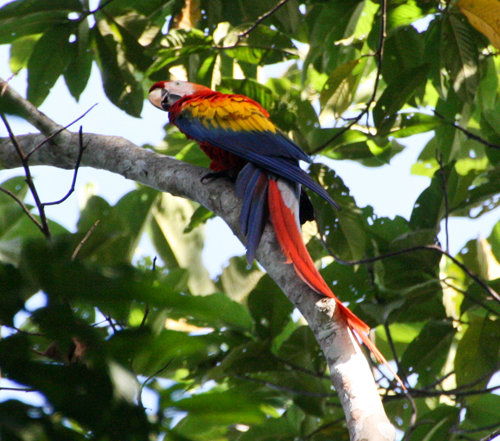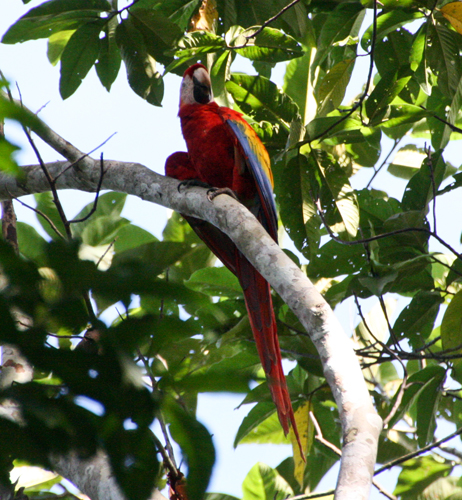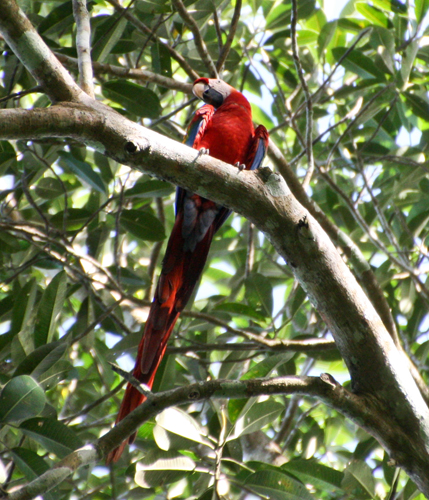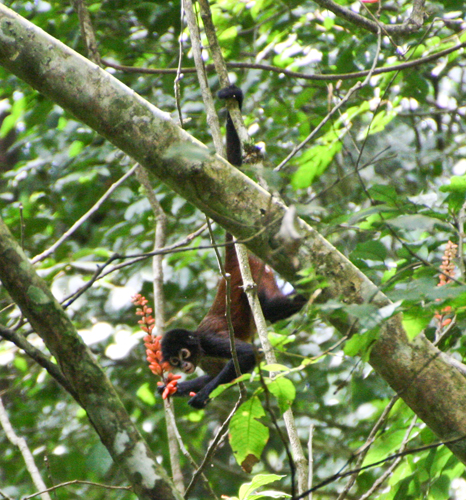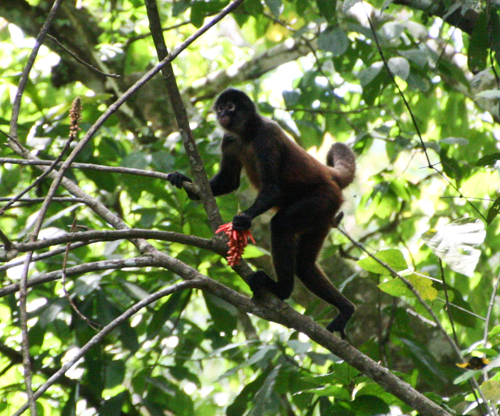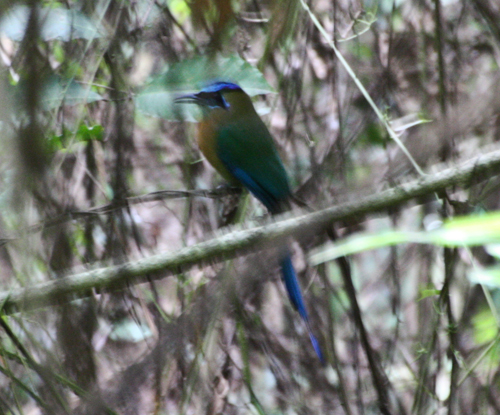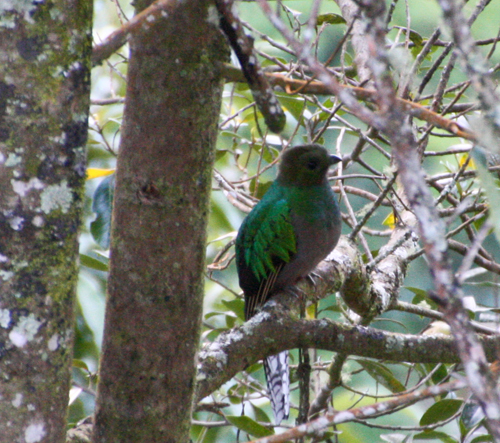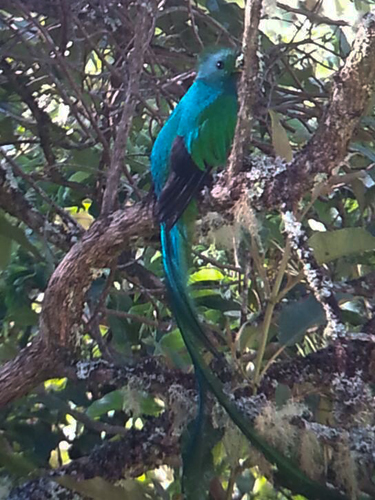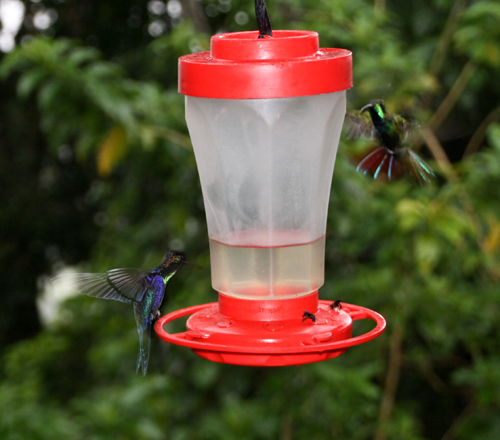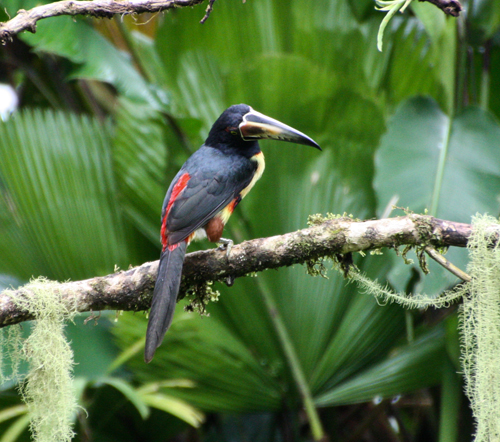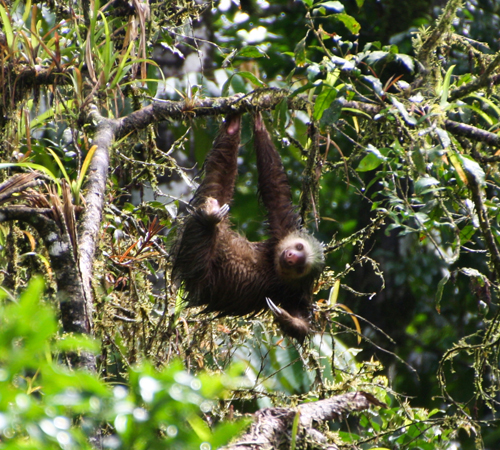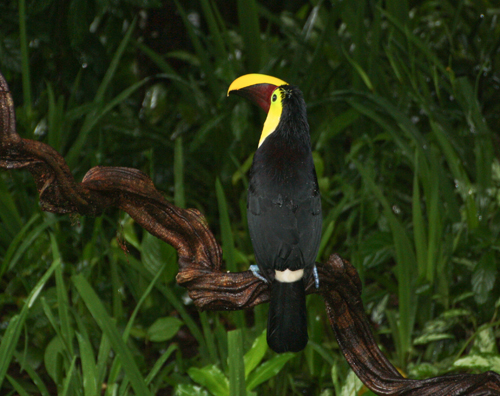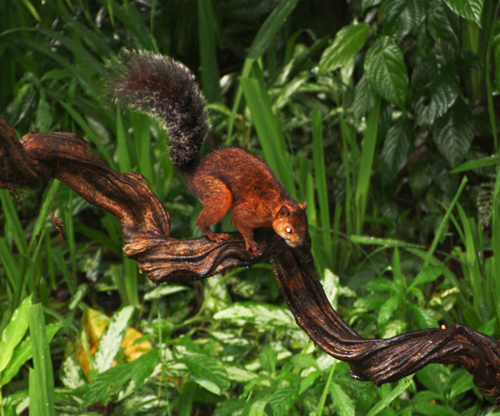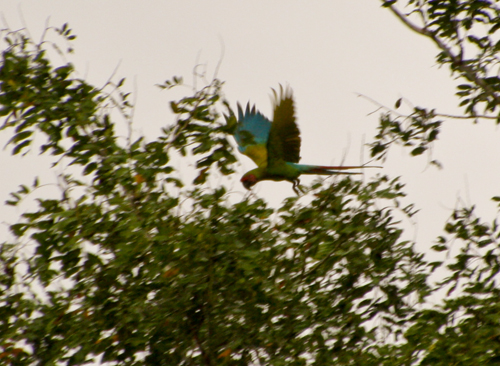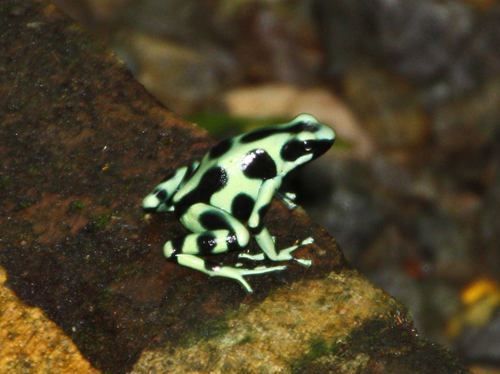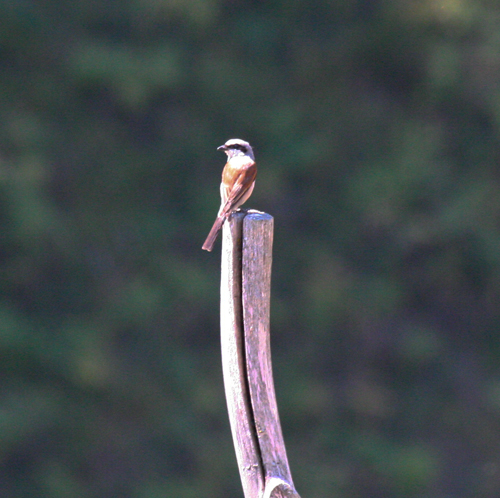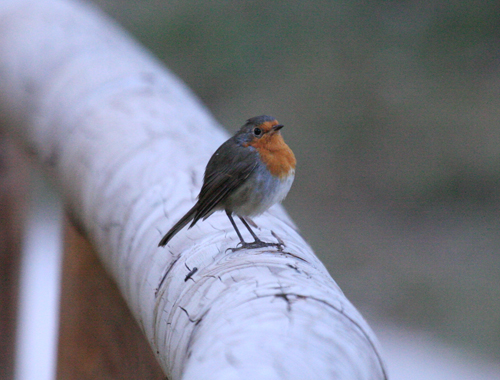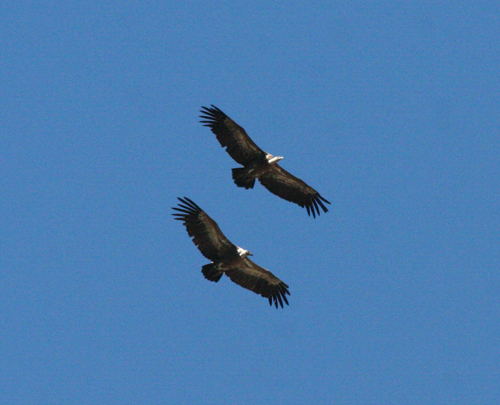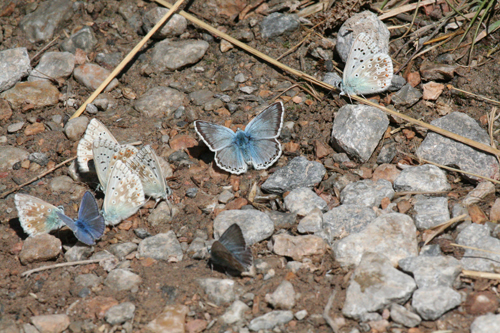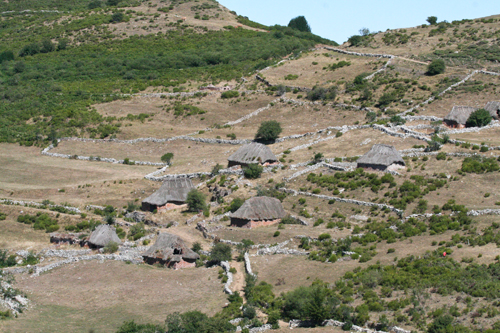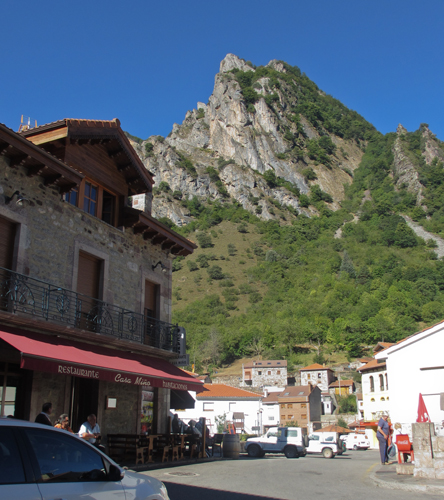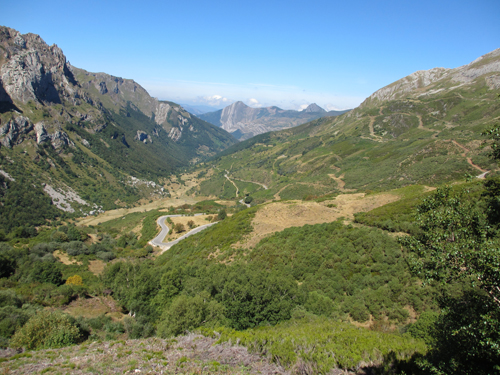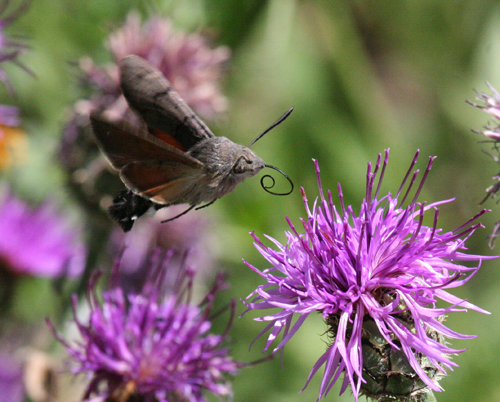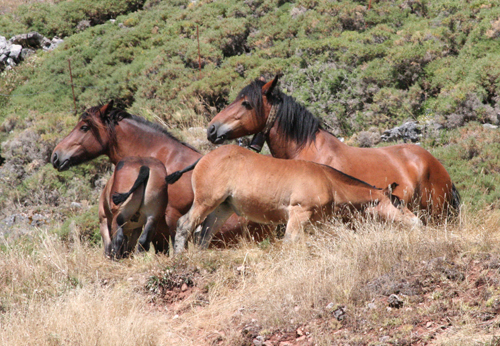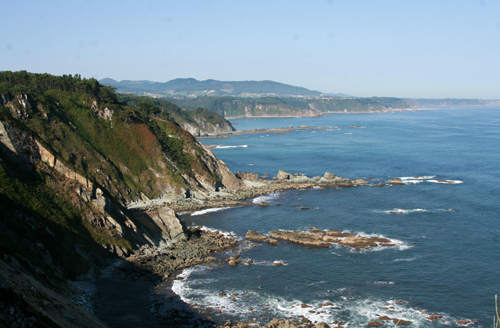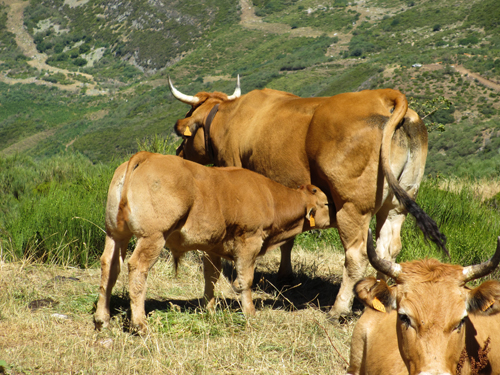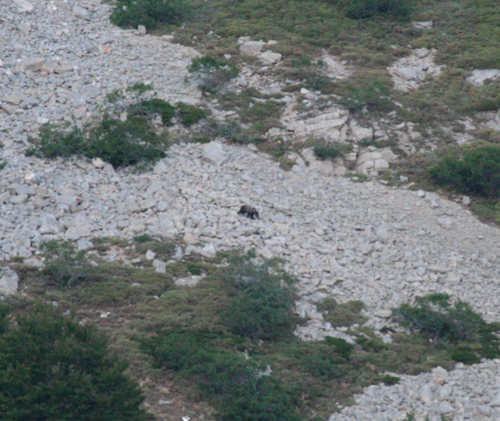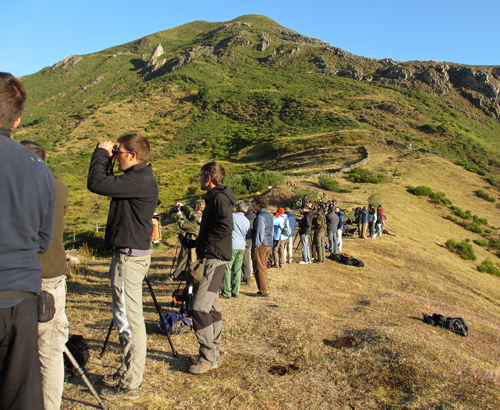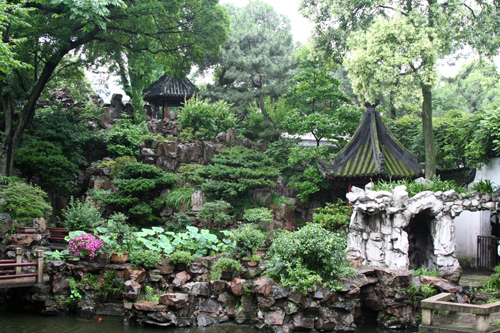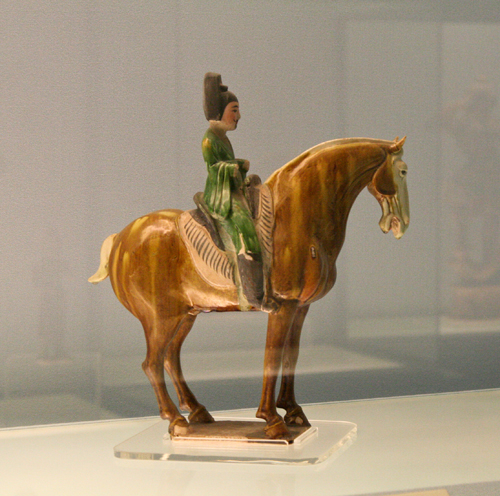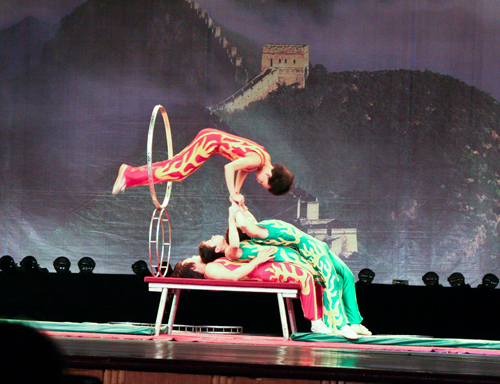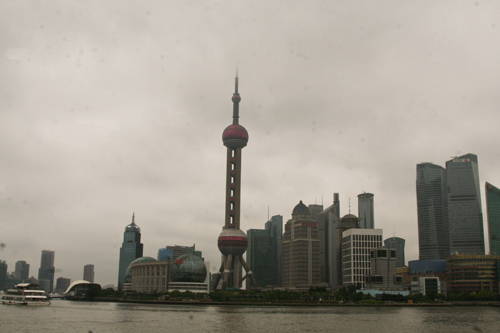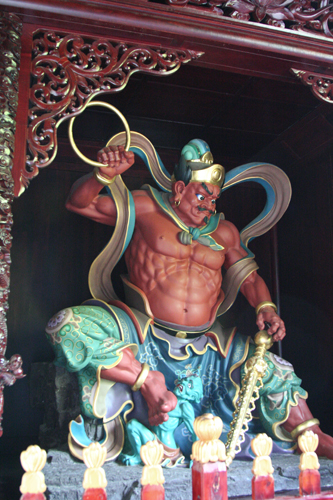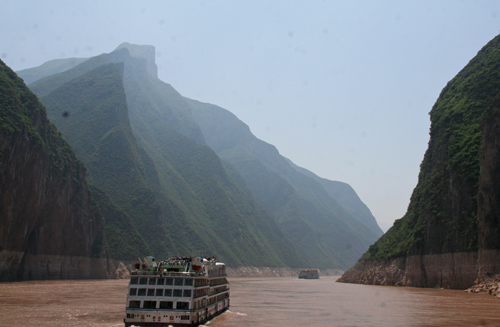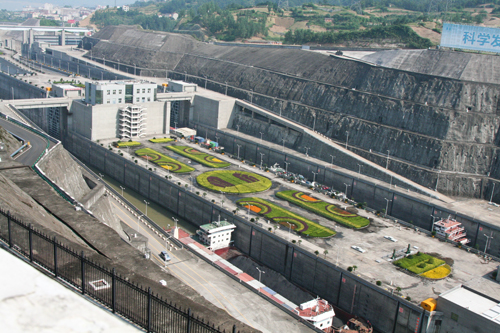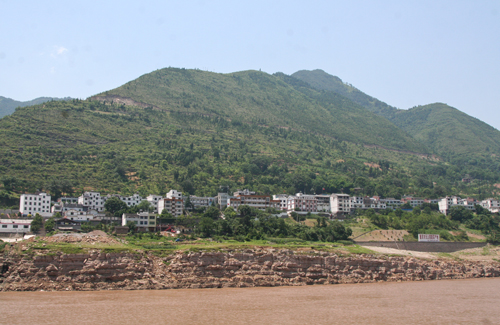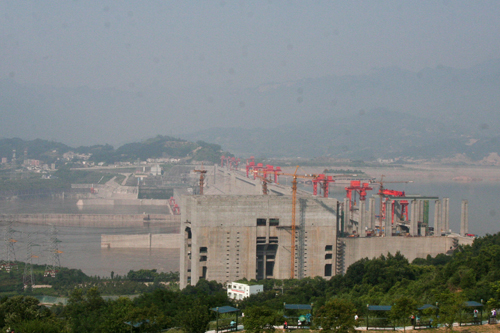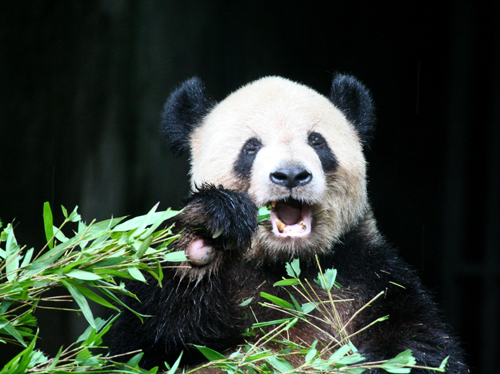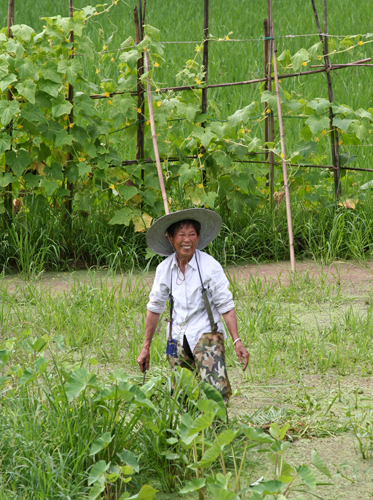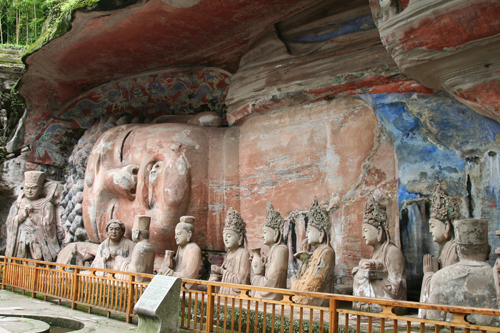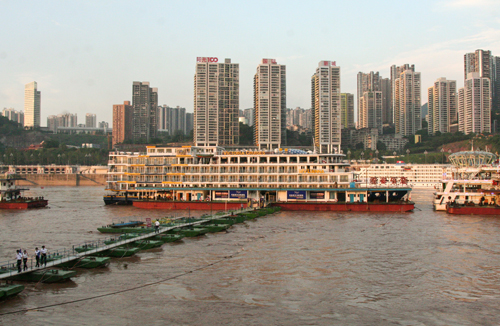Barbara and I were in Brasilia from August 20-26. The primary purpose of our trip to Brasilia was to spend time with our Brazilian friends whom we first met almost 30 years ago when they hosted Barbara and one of our daughters as part of a Friendship Force exchange. In the interim we have hosted one of their sons, one of their daughters, and a grandson here in West Des Moines. The return visit was all that we could wish for.
We were picked up at the airport by their grandson, Pedro, and then treated to a fine breakfast at their home on the morning of our arrival. Pedro drove us to check in at our hotel for an afternoon of rest after the long day and night of travel from Des Moines, through Atlanta to Brasilia.
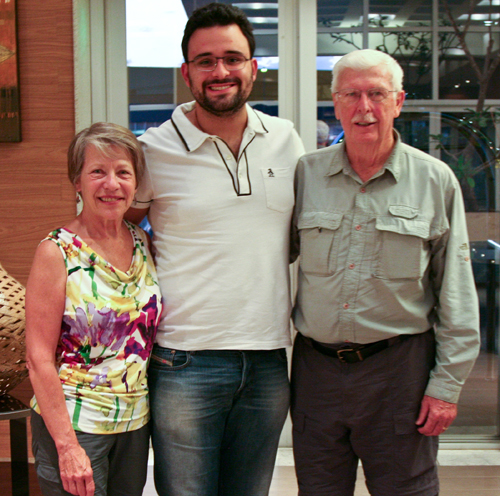
The next day, and several additional days, Pedro (or, on his day off, his Uncle Bruno) drove us about Brasilia to show us some of the attractions of the city. First stop was the Presidential Palace with its expansive grounds. During the week we enjoyed visiting many of the highlights of Brasilia, including the Cathedral (breathtaking beauty, inside and out),
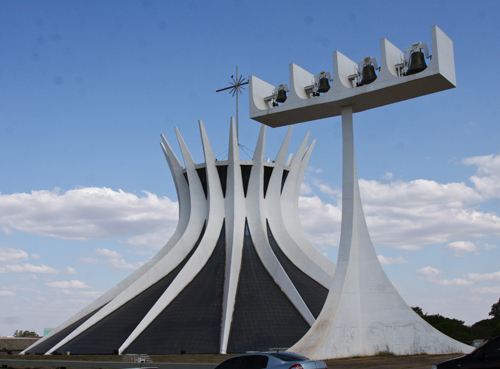
the Square of the 3 Powers,
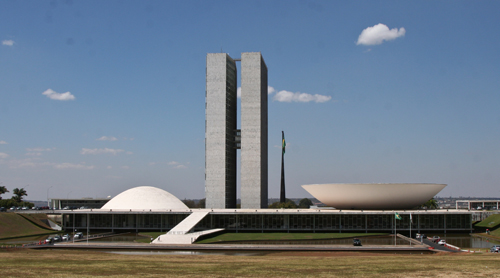
and my favorite, Itamaraty Palace, where Angela Merkel and her German entourage had been feted the day before.
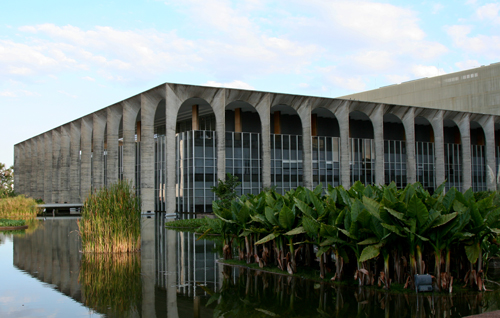
Over the next few days we visited Congresso Nationale, the beautiful J.K. Bridge over Lake Paranoa, the Sanctuario dom Bosco and several other striking examples of Brasilia architecture, much of it designed by Oscar Niemeyer. The view from the tv tower gave a good overview. They treated us to a boat tour of the city from the lake which gave us a whole new perspective.
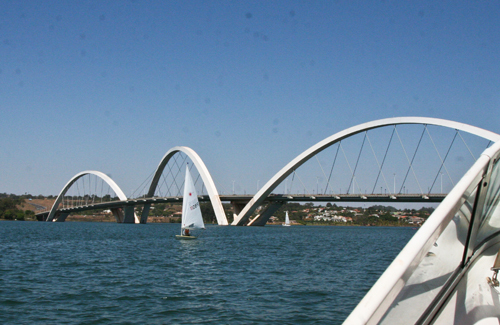
The family held several gatherings for us at their homes in order that we could more fully enjoy their company and their cuisine, including a true southern Brazil barbecue. We walked in the parks and enjoyed learning of the design and development of Brasilia as a unique, planned capital. It is an amazing place.
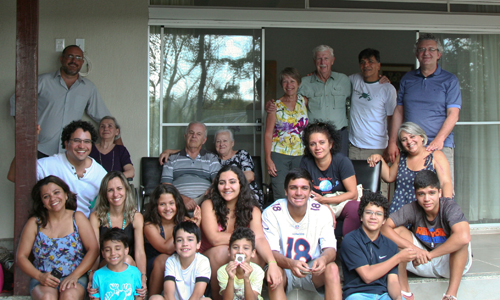
I had arranged in advance to hire a local bird guide, Jonatas Rocha, who spent one day birding with us in the Parque Nacional De Brasilia, just a short drive north of the city, and with just me for a second day in the close-by National Forest. Pedro provided transportation and acted as interpreter for our first day, and the second day I went with Jonatas in his one-passenger pickup, and we were able to enjoy a productive day of birding although he spoke no English and I no Portuguese. Jonatas is a very good guide and I would recommend him to anyone considering a day or so of birding in the Brasilia area. He was referred by Birding Pal.
Jonatas had emailed me lists of the birds found in the Parque and in the Forest before we left the States so that I could prepare better for our outings. I made a list of those that were not likely to also be found later on our Fieldguides Tour in the Cuiaba area. In the two days of Brasilia birding, I managed to add 37 birds to my life list. The highlights among my new life birds were the rare, elusive and very local Brasilia Tapaculo, Swallow-tailed Hummingbird, Squirrel Cuckoo,
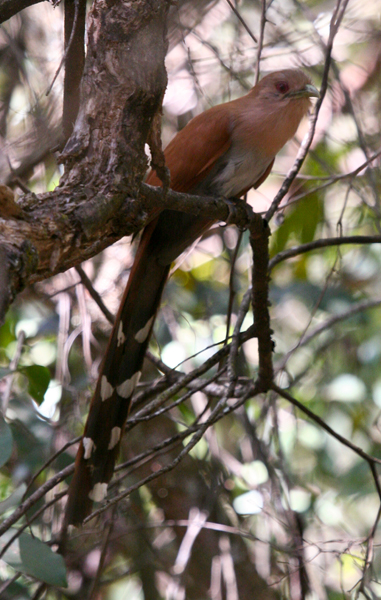
Collared Crescentchest, Southern Antpipit, Curl-crested Jay, the local warblers (White-striped, White-bellied, Flavescent), Rufous-winged and Variable Antshrikes, Black-capped Antwren, Sharp-tailed Streamcreeper, Russet-mantled Foliage Gleaner, Pale-breasted Spinetail, a Greenish Schiffornis, several species of Eleanias and other Flycatchers, Pale-breasted and Eastern Slaty Thrushes, Black-goggled and Guira Tanagers,
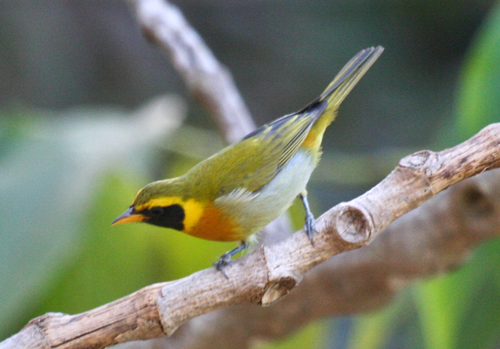
Yellow-bellied Seedeaters, Wedge-tailed Grass Finch, Black-throated Saltator, Grassland Sparrow and Purple-throated Euphonias.
On the morning of August 26th we flew from Brasilia to Cuiaba to join the Fieldguides Tour of the southernmost part of Amazonia and the Pantanal in search of birds and Jaguars.

